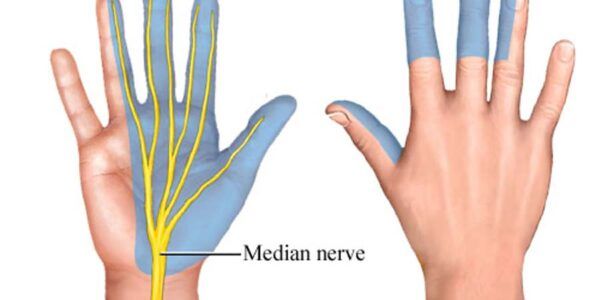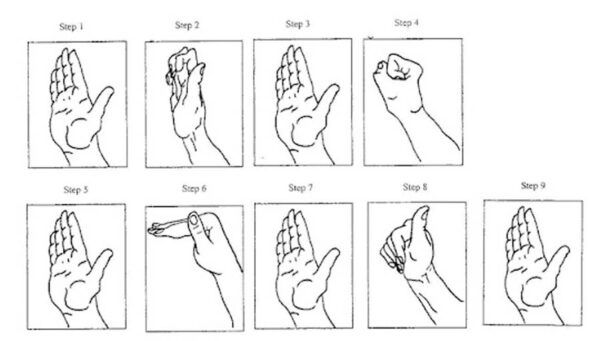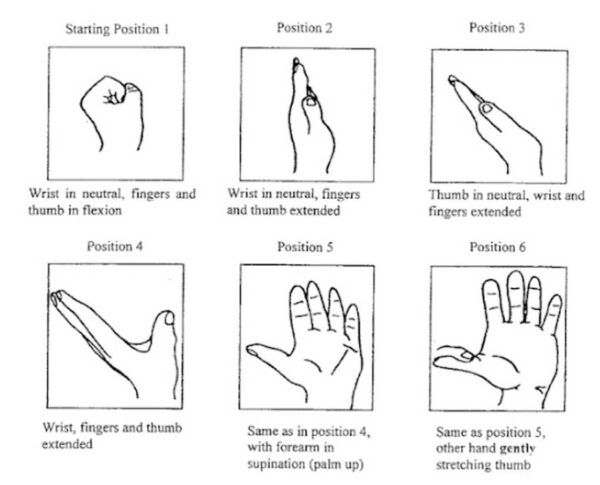What is carpal tunnel relief?
Carpal tunnel syndrome is a common condition which occurs when the median nerve that travels through the narrow passageway at the level of the wrist is compressed. The floor of the carpal tunnel is formed by eight small carpal bones and the transverse carpal ligament forms the roof of the tunnel. Nine flexor tendons as well as the median nerve travel within this tunnel and compression of the median nerve can occur due to several reasons, for example, the use of vibrating hand tools, prolonged positioning of the wrist in excess of flexion or extension, repetitive wrist movements in these positions as well as trauma to the wrist such as a sprain or a fracture.
In addition, it is important to note that certain risk factors have been identified and associated with CTS such as, rheumatoid arthritis, obesity and genetic heredity. Interestingly, CTS is also prevalent with pregnant women.
What are the typical symptoms associated with carpal tunnel syndrome?
- Numbness, often at nighttime.
- Tingling and/or pins and needles sensations.
- Pain.
The sensory symptoms occur along the distribution of the median nerve (see photo); the thumb, index finger, middle finger and half of the ring finger. These symptoms can get progressively worse over time.

In advanced cases, atrophy and weakness of a muscle of the thumb called the abductor pollicis brevis can be observed and which could cause difficulty with functional activities such as opening jars. Decreased grip strength and dexterity issues are also common functional impairments.
How can an occupational therapist help?
An OT can perform a physical evaluation to assess how the condition has impacted your hand function. Your mobility, grip strength, pinch strength and sensation will be assessed using standardized tools.
If your symptoms are aggravated by certain tasks, the OT can explore activity modification principles with you in order to teach you safer ways of performing your tasks as well as well as instruct you on which movements to avoid. Moreover, if working on your computer is problematic, an ergonomic assessment may be warranted in which posture and positioning of the upper extremities would be addressed.
An OT can also fabricate a resting wrist splint, to be worn at nighttime, that positions the wrist in a neutral and comfortable position.
In addition, an exercise program would be provided which could include nerve gliding exercises, tendon gliding exercises and specific activities to improve your hand strength. Nerve and tendon gliding exercises help by stretching the adhesions formed in the carpal tunnel as well as by reducing the pressure within.
Tendon gliding exercises

These can be performed 1-3 times a day and between 5-10 repetitions, as tolerated.
Nerve gliding exercises

These can be performed 1-3 times a day, between 5- 10 repetitions as tolerated.
References
Genova, A., Dix, O., Saefan, A., Thakur, M., & Hassan, A. (2020). Carpal Tunnel Syndrome: A Review of Literature. Cureus, 12(3), e7333. https://doi.org/10.7759/cureus.7333 Kim S. D. (2015). Efficacy of tendon and nerve gliding exercises for carpal tunnel syndrome: a systematic review of randomized controlled trials. Journal of physical therapy science, 27(8), 2645–2648. https://doi.org/10.1589/jpts.27.2645 Radomski, M. V., & Latham, C. A. (2014). Occupational therapy for physical dysfunction (5th ed.). Philadelphia: Wolters Kluwer Health/Lippincott Williams & Wilkins.Genova, A., Dix, O., Saefan, A., Thakur, M., & Hassan, A. (2020). Carpal Tunnel Syndrome : A Review of Literature. Cureus, 12(3), e7333. https://doi.org/10.7759/cureus.7333 Kim S. D. (2015). Efficacy of tendon and nerve gliding exercises for carpal tunnel syndrome: a systematic review of randomized controlled trials. Journal of physical therapy science, 27(8), 2645–2648. https://doi.org/10.1589/jpts.27.2645 Radomski, M. V., & Latham, C. A. (2014). Occupational therapy for physical dysfunction (5th ed.). Philadelphia: Wolters Kluwer Health/Lippincott Williams & Wilkins. http://www.carpal-tunnel-symptoms.com/nerve-glide-exercises.html http://www.carpal-tunnel-symptoms.com/tendon-glide-exercises.html https://www.stepwards.com/?page_id=1595




